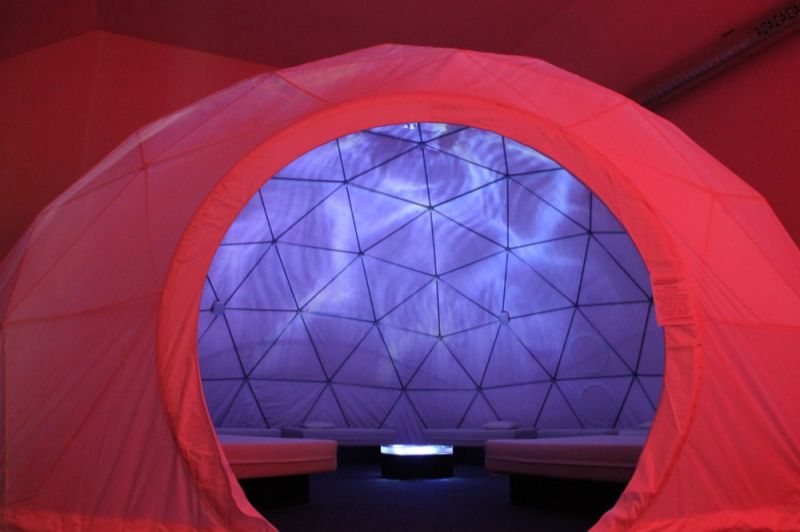Screen Attachments

The Special issue of Screening The Past on “Screen Attachments” has just been released. My essay Waterbodies: Moving-image installations at Termemilano Spa is presented as follows in the Introduction by issue curators Paola Voci and Catherine Fowler:
“With Adriano D’Aloia’s essay we shift locations once again, from the home, art spaces and the Internet to health spas. The example of moving image installations in Italian Spa’s is used to provide an original examination of what Casetti has called the relocated filmic experience. Just as Ng re-examined interactivity, so D’Aloia re-visits scholarly work on immersion and, to a lesser extent, absorption. The moving image installations he explores act as a hinge that joins the classical viewing experience in a movie theatre with the relocated experience outside of that familiar space. More importantly, D’Aloia argues, “the spa moving image experience helps us to reframe both the theatrical and relocated dimensions of the contemporary film experience”. In his essay the relationship between viewers and screens becomes one that is multi-sensorial and also part of a ‘wellness itinerary’. Spa installations are used to interrogate the well accepted application of notions of immersion and absorption to describe how viewers are enveloped, and involved in, engage with and become attached to cinematic moving images.
D’Aloia’s essay asks important questions that contribute to studies of the attractions of moving images once they step outside of the movie theatre. In his case study, consisting of installations and projections at Termemilano spa, Milan, he traces the ways in which an annex to the film experience is offered, as all our senses are engaged “through the use of interfaces that combine simulated stereophonic sound, tactile and haptic impressions with thermoreceptive and even kinaesthetic sensations”. In one sense D’Aloia’s examination of a water-based screen experience propels an examination of the roots of the application of the terms immersion and absorption. For visitors to the spa are literally immersed in water before encountering moving images projected on walls and ceilings that show abstract and real underwater impressions. Following these water-based therapies, visitors can undertake a water-based moving image experience either in rooms where relaxing, abstract underwater images are projected on walls and/or ceilings, or in the magic dome in which a 360 degree geodesic structure containing images and sounds envelops the visitors. For D’Aloia, acoustic space supports “a sort of hydro-audio-visual massage” that is set off by the virtual and literal ‘enwatering’ of visitors. Finally, D’Aloia observes that spa moving image experiences might be seen as responses to the loss of immersion that accompanies the exit from the movie theatre. Yet it is not as if we are once again absorbed in the film, involved with characters and forgetting ourselves; instead, the spa-going experience offers a “new kind of embodied auto-empathy based on ‘bodily immersion’”.
The Magic Dome (Kilohertz, 2011) at QC Termemilano Spa